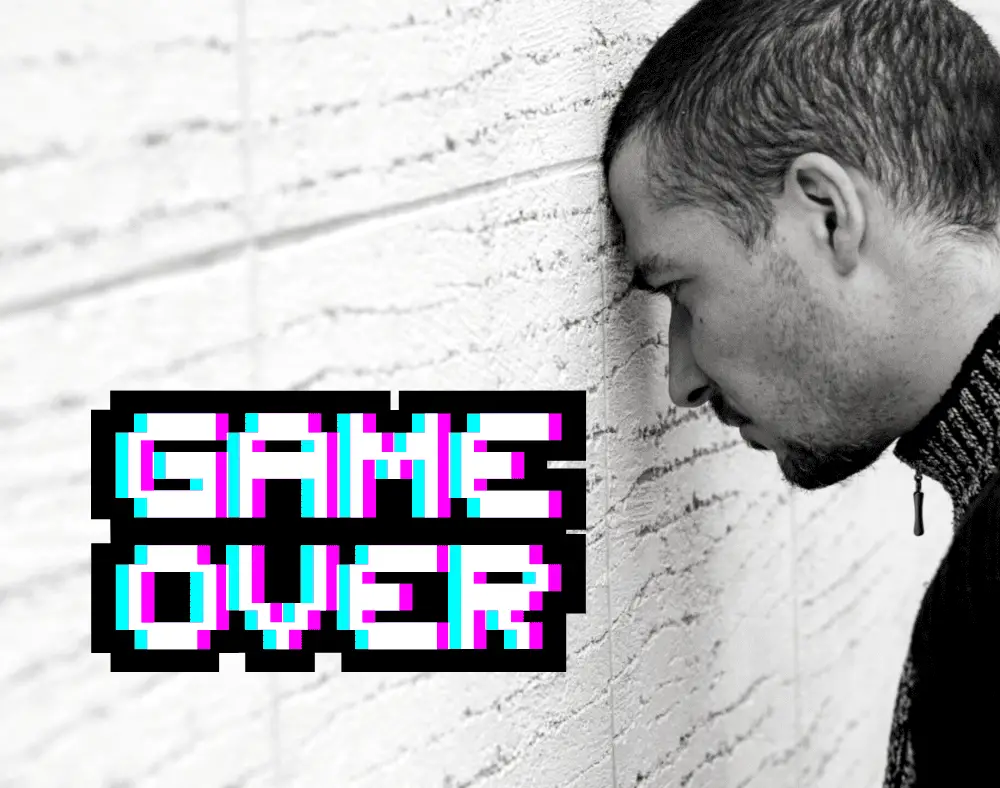Problems Game Designers Face
As exciting and delightful as video game design can be, it can also be frustrating and comes with its own set of challenges. Before embarking on your career as a game designer, consider these common designer challenges and brainstorm ways you may be able to prevent them or deal with them when they come.
Some of the most common problems game designers face include:
- Balancing story and game design elements.
- Keeping design documentation up-to-date.
- Underestimating time and money costs.
- Key decision makers only having production skills.
- Unnecessary rigidity in the design process.
- Restricting designer access to tools.
- Too little gameplay time in the production schedule.
- Too little outside gameplay testing.
If you’re designing a game and you want to avoid these issues, let’s examine each one in more depth so you know what changes you can make now to save you trouble in the long run.
1. Prioritizing the Story Over the Game Design
While the majority of video games include some aspect of a story, they’re still called games for a reason. The story is a part of the game, but the way the game is played is more important. Historically, many video games based on movies have been canceled during the production phase because too much focus has been placed on the story rather than the best way to set the game up to be played.
When designing a game, it is best to use the story as a springboard for the game, and then keep the story in the back of your mind while you focus on creating a game that will be fun to play by incorporating interesting challenges with rewarding goals and rules that make sense.
2. Keeping Design Documentation Up-to-Date 
In a fast-paced environment of a game design team with so many moving parts, it’s necessary to keep documentation about exactly what the expectations are for each area’s contribution to each project.
But over time, as one thing or a few hundred others inevitably change, it can be challenging to keep all the documentation up-to-date. Especially if documentation is being printed every time something new is added.
The tedium of keeping design papers up-to-date can result in individuals asking their head of department directly what they are supposed to do for a certain feature. When verbal instructions are given, there’s no record of it. And what that team member creates will be based on his or her memory of what their department head instructed, which may or may not be accurate. And whatever instructions the head of department gave them are only based on his or her memory of the documentation they read.
This messy method of communication may result in the final feature being designed differently in the way that the original plan had specified, and it may not work with other original features or features whose designs have also changed over the course of the overall design process.
One way to help with this would be to only use digital documentation that is automatically updated to every team member’s device or account in real-time. And to enable a feature to automatically label any document that hasn’t been edited in two weeks “out-of-date” until a higher-up can reapprove them as being current.
3. Underestimating Time and Money Costs
Every creative process ends up taking longer to complete and costing more than expected. That’s just how it goes. So when planning the budget for a new project, consider building in some buffer finances for those unexpected things that come up.
And when planning when to release a new game, build buffer time into the schedule at every step in the process. If you must have the game done by a specific date and you can’t do so with the buffer time in your schedule, then your team won’t be able to get it done because life happens and technology glitches and people get injuries and some delay will inevitably happen. You can remedy this by adding another person to the team or looking closely at the process and finding some way to improve the efficiency so that reaching that final deadline will be possible to do with a finished and polished product.
4. Decision Makers Only Having Production Skills
Oftentimes, those who lean more toward content creation tend to stay there. And those who lean more toward administrative duties get promoted to decision-maker roles. But the problem with this is that the content creators don’t have as much say in how things should be. Their insight is valuable but too easily overlooked in favor of the individuals with statistical conjectures and impressive-looking spreadsheets.
While both these roles are important in the process, problems arise when their contributions aren’t given equal weight. This kind of problem is likely to cause issues like the following.
5. Unnecessary Rigidity in the Design Process
Game design is a creative activity, after all. We can try to wrangle all the various aspects into an ideal calendar, and while we should try to stick to a deadline as much as possible because video game creation is a business, it’s still a creative process.
Too often a designer is assigned the same amount of time to create a game level on paper as in 3D rendering. The problem with this is that during the 3D programming process, the designer might discover something exciting that couldn’t have been imagined at the paper phase. But due to rigid practices, this change would be considered a mistake in the original paper plan and would require approval from a committee and could cause complications in the rest of the production schedule because of that long and arduous process.
If designers were allowed a little more freedom in their job, they could take advantage of these kinds of exciting happenstances and create truly incredible things from their discoveries. Whenever excellence bottlenecks can be removed from the creation process, their removal should be considered.
6. Restricting Designer Access to Tools
Along the same lines, keeping designers from having any access to programming capabilities in their design role can be a big mistake. Yes, the more features a designer has access to, the more ways they have to mess up. But if a designer has to bother a programmer for new code every time they need a new functionality, their rhythm will be thrown off and they’ll never get anything done.
If instead designers are allowed to have some programming access, they will be able to help themselves to small programming functionalities and get back to work on their design much more quickly than if they had to interrupt their flow to interrupt someone else for help.
7. Too Little Gameplay Time in the Production Schedule
Why wait for the players to find all of the bugs in the game and plot holes in the story? It seems that design teams often designate less time than is needed—if any at all—to trialing the game themselves before sending it out into the world.
The entire team should have a chance to play the finished result of all their hard work. Not only so that everyone can be satisfied and excited with what you’ve all accomplished together, but also because someone in the story writing department might catch something that’s been missed by the graphic design team, and so on.
Take advantage of your team’s vast array of specialties and experiences to find as many problems with the game as possible before releasing it, and gift your team the unique experience of interacting with their finished product before sharing it with the rest of the world.
8. Too Little Outside Gameplay Testing
You can’t have too much pre-launch gameplay testing. No matter how much you test and recheck and update, there will still be imperfections that players will find and complain about.
However, the majority of these can be found and fixed before launch. And the more you perfect the game before launching, the happier your players will be with your final product and the more they will play with it and the more likely they will be to buy your DLCs and the next generation of the game when that comes out.
So in addition to having every team member play every game, why not enlist some outside players for pre-launch testing as well?
This process will most likely take the form of doing a beta launch to a limited number of people who have to pre-apply.
Consider all of these difficulties and strategize ways to prevent them or remedy them before getting started on your next big project.

